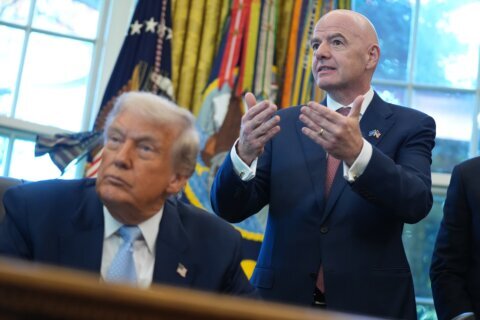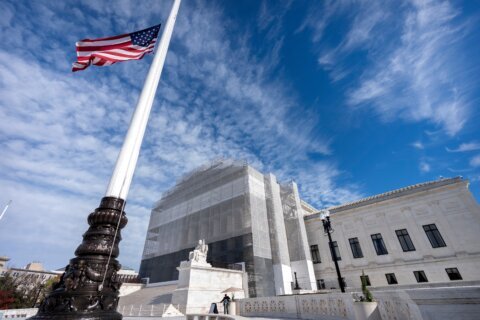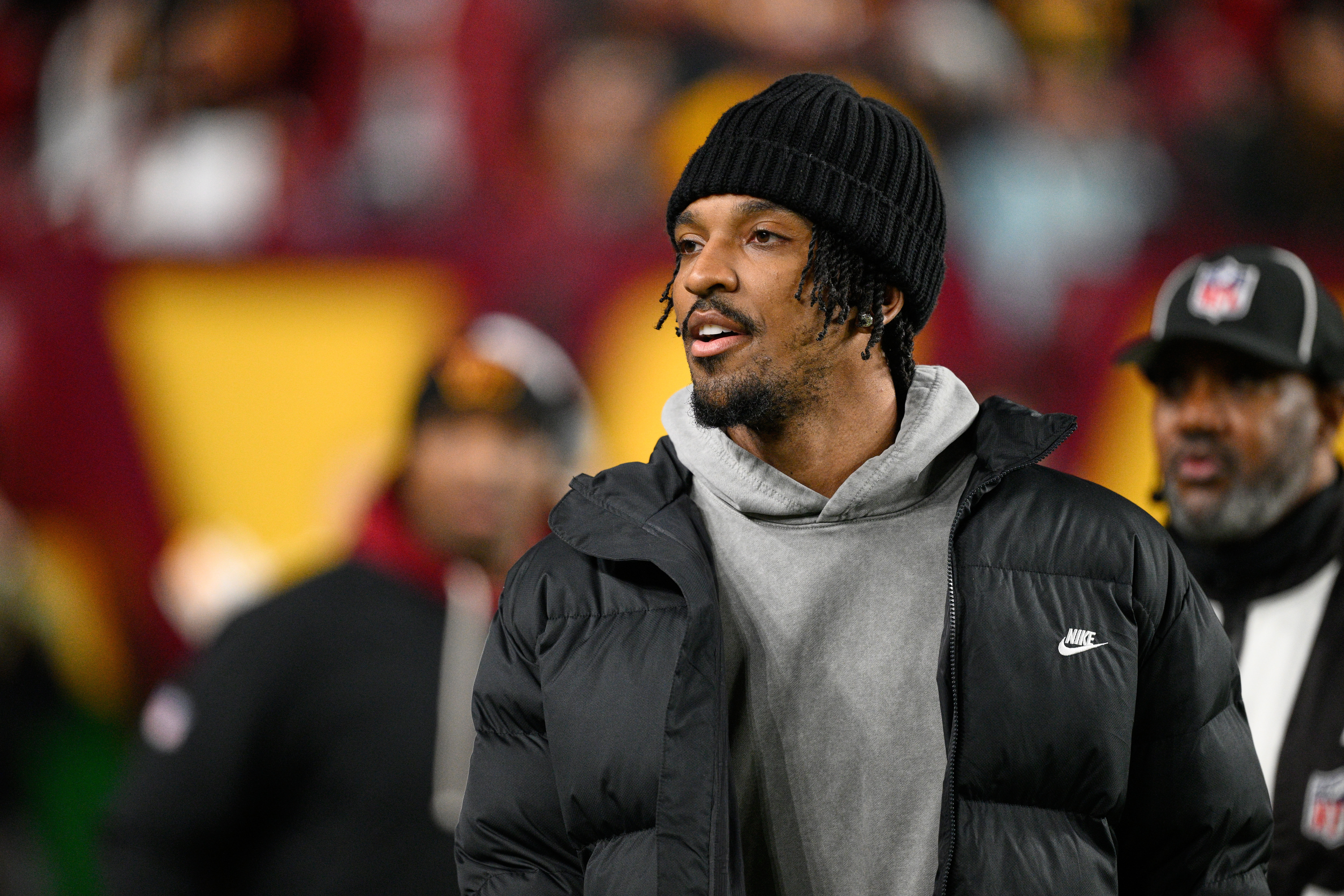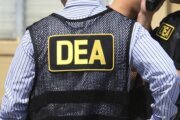WASHINGTON – In 2008, Philip Shenon was at his desk at The New York Times’ Washington bureau when his phone rang. On the other line was a prominent American lawyer with an intriguing request for the investigative journalist.
The man on the other end was a former staffer on the Warren Commission, a committee of congressmen, counsel and staffers tasked by President Lyndon B. Johnson to investigate the assassination of President John F. Kennedy.
“He said there are all these great detective stories to be told about the Warren Commission,” says Shenon, who, at the time had just completed a book on the 9/11 Commission.
Intrigued, Shenon dove right into the subject. Five years of research took him down the rabbit hole of destroyed evidence, cover-ups and mismanagement of information pertaining to Kennedy’s assassination. Shenon recovered these missing pieces from in-depth interviews with surviving commission staffers and key players in the Kennedy investigation.
Shenon recently talked with WTOP about his new book, “A Cruel and Shocking Act: The Secret History of the Kennedy Assassination,” to share his findings and surprising revelations related to what is still one of the most confusing and controversial times in American history.
“In the course of doing this book, in many ways I think I can now … rewrite the history of the assassination,” Shenon says.
The Warren Commission
Just seven days after the Nov. 22, 1963, assassination of Kennedy, Johnson established a commission to investigate the president’s death. Known officially as The President’s Commission on the Assassination of President Kennedy, the group was more commonly referred to as the Warren Commission after its chairman, Chief Justice Earl Warren.
“It was set up in part because Johnson was so worried about all of the wild conspiracy theories that were beginning to fly around the country, and in fact, around the world,” says Shenon. “Some of these theories focused on Johnson as a suspect in Kennedy’s death, and he wanted somebody of real esteem, like Earl Warren, to run this to put an end to a lot of the rumors.”
However, Warren was less than thrilled about his nomination to the position, and Shenon’s book details how Johnson essentially forced the chief justice into the role.
Shenon says Warren’s unenthused attitude may have added to a rushed investigation and the concluding “single-bullet theory.”
“He decided in his mind very quickly that (Lee Harvey) Oswald acted alone, there was no conspiracy and he really does his darndest to get this investigation over with as quickly as possible. And I think the records show the investigation was rushed, and a lot of questions were just never answered,” Shenon says.
Warren’s staffers who made up the investigative committee were, as Shenon describes, young, hot-shot lawyers. When they came to Washington, many of them believed in a conspiracy surrounding the assassination and were eager to find it. However, they had very little experience with government relations and the inner workings of government agencies.
“I just don’t think they knew what they were up against in agencies like the CIA and the FBI that were able to hide so much information from the investigation,” Shenon says.
Shenon’s research discovered the staff on the commission came close to rebellion over the way Warren handled the investigation — especially when he refused to allow the commission to see documents vital to the investigation, such as Kennedy’s autopsy photos and X-rays.
When the commission released its final report on Sept. 24, 1964, Shenon reports it was censored to remove information regarding Oswald and other informative pieces of related information. The way the commission handled the investigation, and the final report, caused a crowd of skeptics, including Robert Kennedy, who never believed the Warren Commission uncovered the truth of JFK’s death.
Disappearing evidence
When it comes to the Kennedy assassination, Shenon says the real mystery is the investigation, itself.
“I think the most shocking thing is how much very basic evidence about the assassination and about Lee Harvey Oswald was destroyed or disappeared,” Shenon says.
Kennedy’s assassination occurred on a Friday, and in just the course of the weekend, Shenon says so much key evidence went missing.
He explains on Saturday night, the Navy pathologist who performed the autopsy on Kennedy pushed the original autopsy draft report and all of his notes from the autopsy room into his home fireplace because they were “stained with the president’s blood.”
The doctor later revealed that he mishandled Kennedy’s medical information during the investigation.
Government cover-ups
While Kennedy’s autopsy took place in Bethesda, Md., additional pieces of evidence in the assassination were ruined several states away.
“That same weekend, you had FBI agents in Dallas rip up a handwritten note that Lee Harvey Oswald had left for them in the Dallas field office a couple of weeks earlier, and flushed that note’s scraps down the toilet. So we’ll never know exactly what it was that Oswald was trying to communicate to the FBI, you know, just three weeks before the president is murdered,” Shenon says.
But to Shenon, the most shocking — and biggest missing piece — of information in the assassination investigation is a trip Oswald took to Mexico City.
“I think most Americans do not associate Mexico City with the Kennedy assassination,” Shenon says.
Just seven weeks before Kennedy’s assassination, Oswald spent nearly six days in Mexico City, where, Shenon explains, he came in contact with Cuban spies, Russian spies and Mexicans sympathetic to Fidel Castro.
“Some of these people may have wanted to see President Kennedy dead, and the question was, did Oswald tell any of these people what he was going to do? And was he encouraged to do what he was going to do?”
According to Shenon, all of Oswald’s time in Mexico City went almost entirely uninvestigated by the CIA and the FBI after the assassination.
“It would show just how much the CIA and the FBI really had no idea about Oswald and the threat that he posed.”
Shenon’s conclusions shed light on inconclusion
When it comes to drawing conclusions about the assassination of President John F. Kennedy, Shenon says the way the government handled the investigation may never give us a conclusion. He says government officials and agencies are to blame for all of the circulating conspiracy theories “that are likely to plague us forever.”
Most notably, Shenon says officials in the U.S. government, especially the CIA, lied about the assassination and events leading up to Nov. 22, 1963.
Follow @WTOP and @WTOPliving on Twitter.







